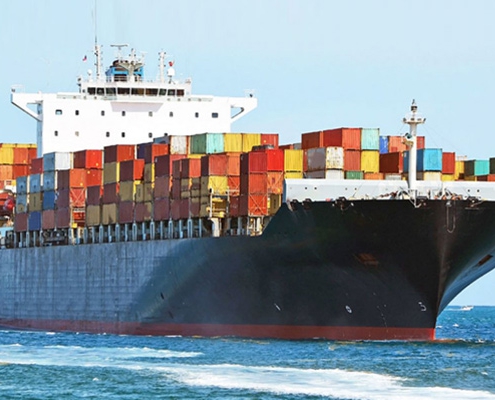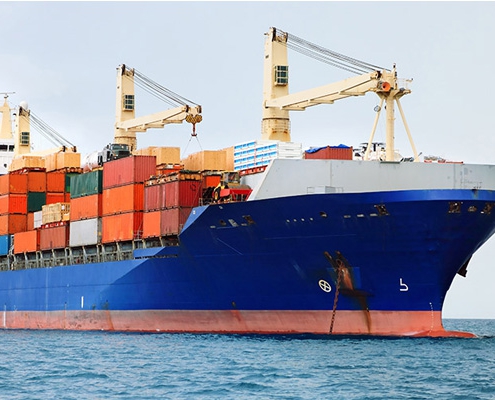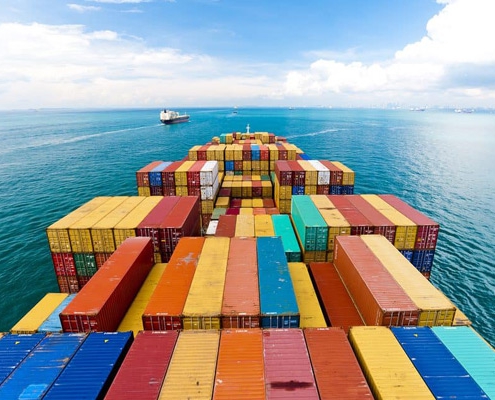Sea transportation
Sea transportation, one of the oldest forms of transport, plays a crucial role in global trade and commerce. It involves the movement of goods and passengers over large bodies of water using various types of vessels, such as container ships, tankers, and cruise ships. Sea transport is essential for carrying bulk goods like oil, coal, and grain, making it a backbone of international trade. Major ports around the world serve as pivotal hubs for maritime activities, enabling the efficient transfer of cargo and connecting different continents. The relatively low cost of sea transportation, especially for heavy and large cargo, makes it an economically viable option for long-distance trade.
Despite its advantages, sea transportation also faces significant challenges. Environmental concerns are paramount, as marine transport contributes to pollution through oil spills, ballast water discharge, and greenhouse gas emissions from ships. Additionally, maritime piracy and geopolitical tensions can disrupt shipping routes and impact global supply chains. However, the industry continues to evolve with advancements in shipbuilding technology, improved navigation systems, and stringent environmental regulations aimed at reducing its ecological footprint. Sea transportation remains a vital and dynamic component of the global transportation network, supporting economies and facilitating international trade.








 Dubai office: No. 301, 3rd floor, Al Futtaim Office Tower, Behind the Twin Towers, Dubai, UEA
Dubai office: No. 301, 3rd floor, Al Futtaim Office Tower, Behind the Twin Towers, Dubai, UEA Iran office: No.203, 2nd floor, Radis trading building, Hezarjarib Street, Isfahan, Iran
Iran office: No.203, 2nd floor, Radis trading building, Hezarjarib Street, Isfahan, Iran